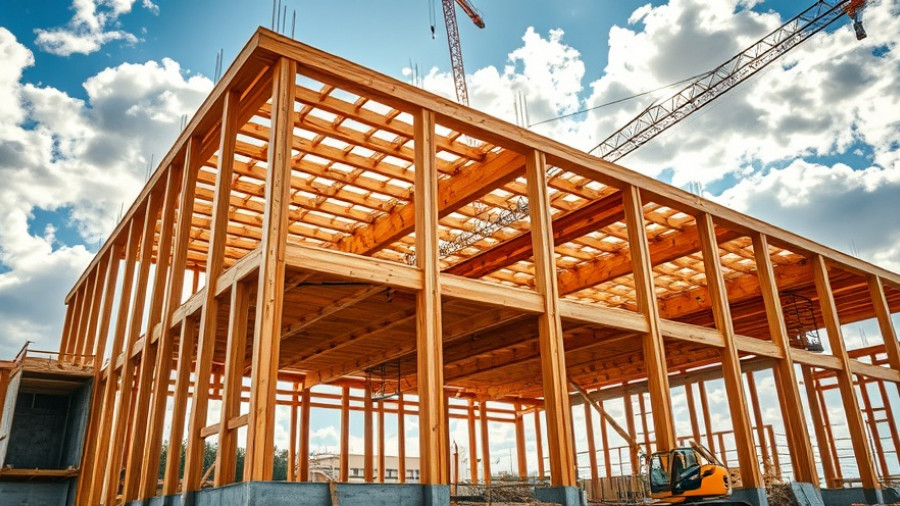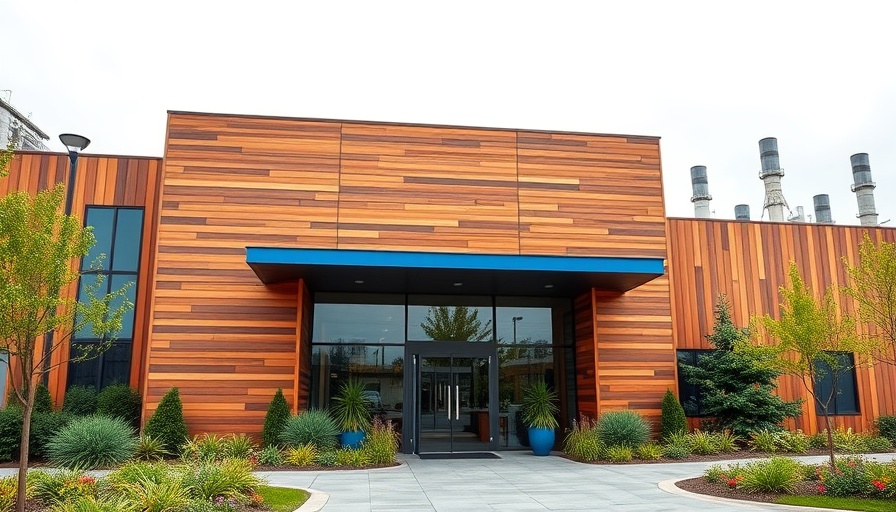
Transforming the Construction Landscape Through Strategic Investment
As the construction sector evolves, a remarkable trend is emerging: contractors are now establishing their own investment arms to boost the growth of later-stage startups. This significant shift is not just about funding; it represents a strategic pivot within the construction technology (contech) ecosystem, signaling a maturing approach to innovation in the industry.
Why Builders Are Focusing on Later-Stage Startups
Traditionally, construction firms approached technology investments in a manner similar to their fieldwork — concentrated on the tried-and-true rather than the experimental. This methodology is being reflected in their investment strategies, as many builders now seek out startups that are not just in their infancy but are ready for commercial deployment. This shift is driven by a desire to achieve immediate results and mitigate risks associated with unproven technology.
For instance, DPR Construction, rooted in Silicon Valley, has been running its investment arm, WND Ventures, since 2015. Their focus has been on established startups like DroneDeploy, known for its reality capture solutions, and Dusty Robotics, which specializes in autonomous layout technologies. By preferentially targeting proven technologies, these firms position themselves to reap faster returns on investment.
The Rise of Incubators: Suffolk Technologies' BOOST Program
Another significant player in this space is Suffolk Technologies, the venture capital arm of Suffolk Construction, which is adopting a hands-on approach through its BOOST program. This initiative not only provides financial backing to selected startups but also immerses them in real-world applications within Suffolk's projects. Through structured support, such as a $100,000 investment on a SAFE basis, these startups gain valuable insights from seasoned industry professionals. To date, BOOST has supported 36 tech ventures, reflecting a robust commitment to fostering innovation within the construction sector.
Future Implications: Investing in the Future of Construction
This new direction of investment might have broader implications for the construction industry. By focusing on later-stage companies with existing solutions, firms can accelerate the integration of technology that enhances productivity and efficiency. Furthermore, this trend underscores the growing necessity for commercial builders to adapt to technological advancements and position themselves competitively in an increasingly digital marketplace.
The Importance of Strategic Partnerships
These investment strategies are more than just financial transactions; they emphasize the importance of strategic partnerships between construction firms and technology providers. Collaborating with tech companies allows builders to not only access cutting-edge innovations but also to influence product development to better cater to industry needs. Through such alliances, construction firms can leverage resources and expertise to drive significant advancements in construction methodologies.
Conclusion: Embracing Change for Sustainable Growth
As builders increasingly turn to strategic investments in later-stage startups, it is crucial for industry stakeholders — from business leaders to property developers — to recognize the implications of these developments. This emerging trend reshapes not only how construction projects are executed but also sets a precedent for business sustainability in a rapidly evolving market.
Business owners, property developers, and facility managers concerned about their competitive edge should consider aligning with or investing in established technology ventures. Understanding this shift can position them advantageously as the construction landscape continues to innovate at an unprecedented pace.
 Add Row
Add Row  Add
Add 




Write A Comment